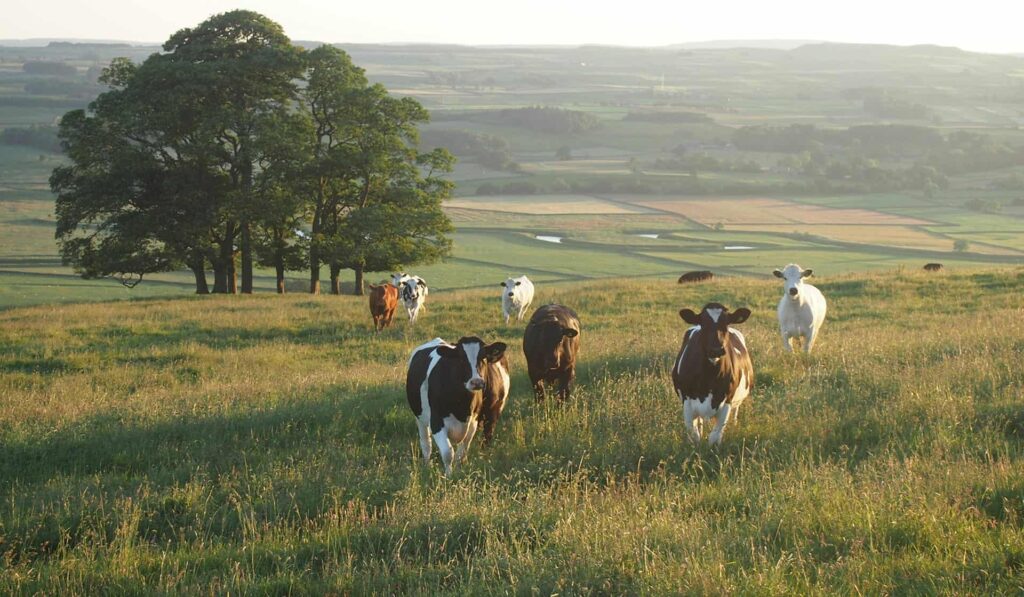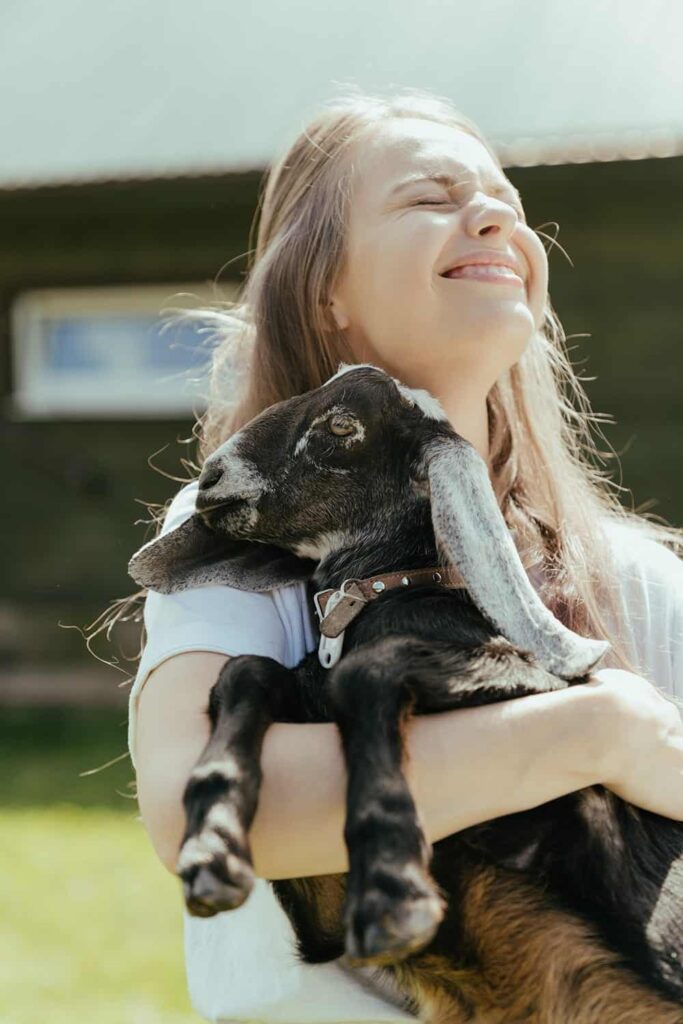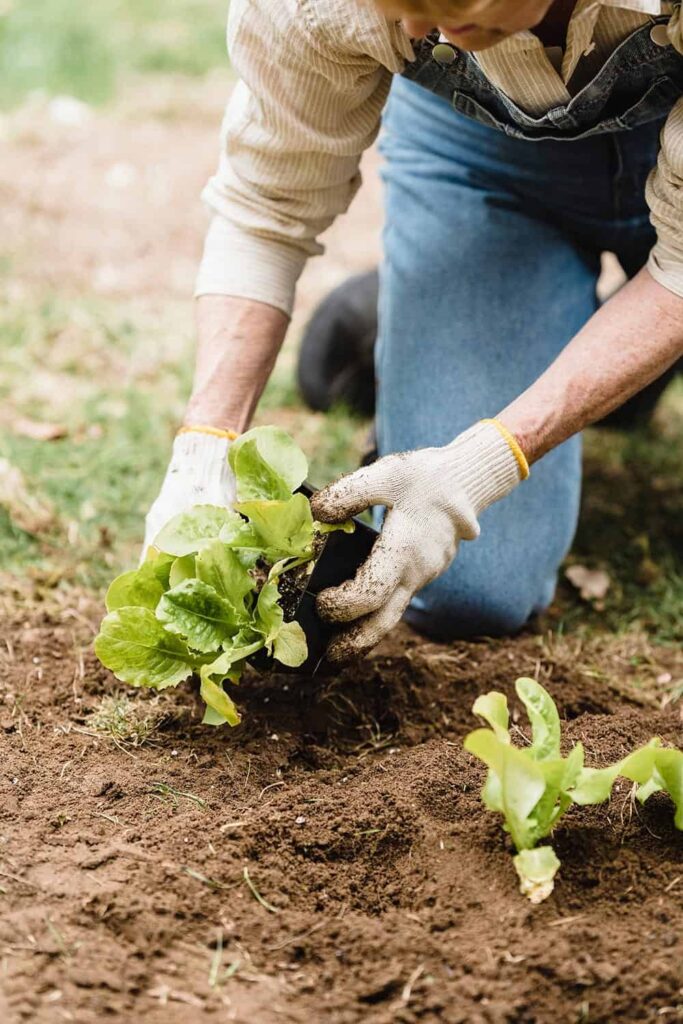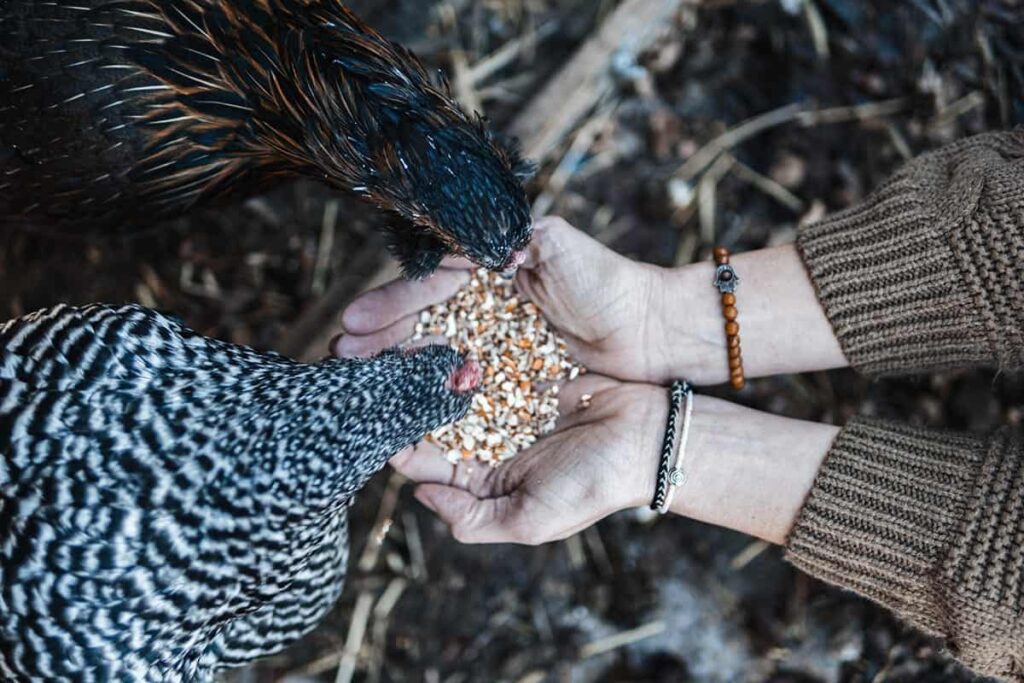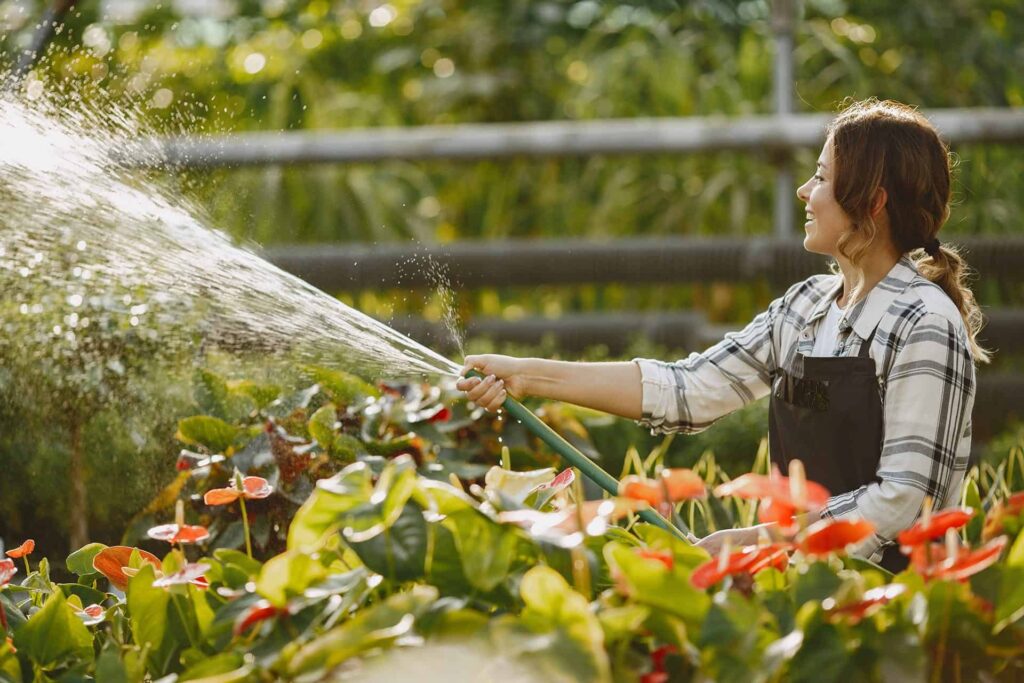Digestibility Impact
How Digestibility Impacts On-Farm Profitability and Sustainability
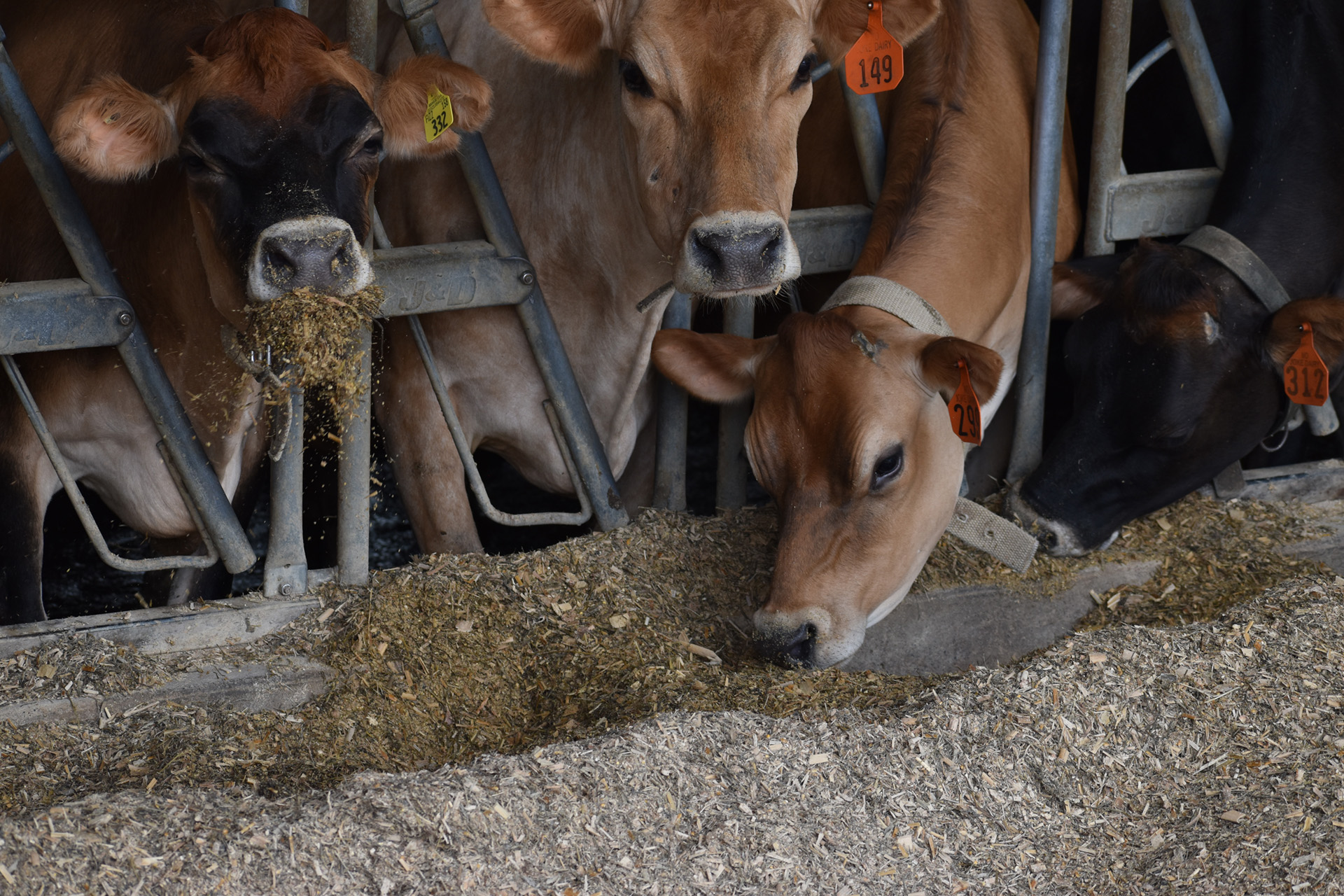
When added to the Total Mixed Ration, highly-digestible forages can improve on-farm profitability in multiple ways:
- A more digestible Total Mixed Ration reduces the amount of feed needed per hundredweight of milk produced.
- Higher digestibility in feed can improve the total milk produced per lactation.
- Higher digestible feeds can improve the time and duration of peak milk or meat production.
- Higher digestible feeds can reduce the cost per unit of milk or beef across the life of an animal.
Highly digestible rations not only improve direct on-farm profitability, but they can also play a role in meeting sustainability goals for producers and processors.
- Reduced feed needs per hundredweight translate into fewer acres and inputs required, which means a reduced greenhouse gas footprint.
- Highly digestible feeds reduce the enteric methane production in the animal.
- Fecal material that has higher levels of digestible components is more effective for use in methane digesters.
- Testing by Agrovive Biologicals and Fementrics Laboratories have shown total GHG reductions from fecal materials of 10%, with an 18% reduction in methane and a 21% reduction in CO2.
- Testing can be performed as part of a producer’s routine forage ration analysis that would quantify GHG reduction to determine a Carbon Intensity Score or Volume of Carbon validation.
As consumers, processors*, and regulators** demand reductions in GHG emissions and improved sustainability practices from livestock and dairy producers, the technologies involved in Seed2Rumen, Leaf2Rumen, and Graze2Rumen can play a key role in helping producers keep pace with market demands.
* Nestlè and others have established a target of reaching net zero carbon emissions by 2050 and recognize that 95% of their carbon footprint comes from their value chains! That includes the farmers who produce the 12 million tonnes of milk Nestlè uses in its production each year.
** California dairies are already mandated to reduce their methane emissions by 40% by 2030. New York state dairies will also have to reduce methane emissions to meet outstanding regulations.
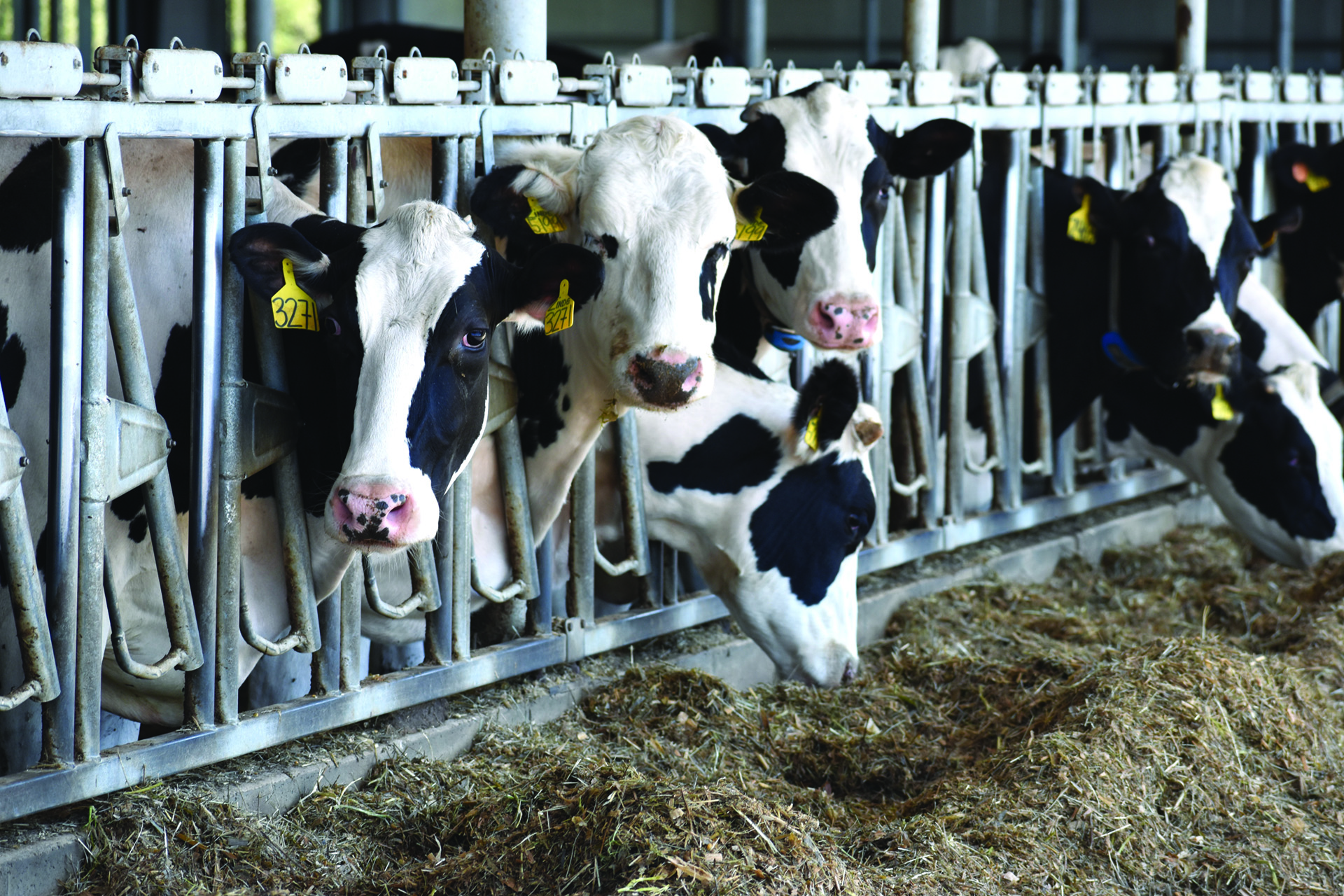
A homestead can mean different things to different people
Lorem ipsum dolor sit amet, consectetur adipiscing elit. Ut elit tellus, luctus nec ullamcorper mattis, pulvinar.
